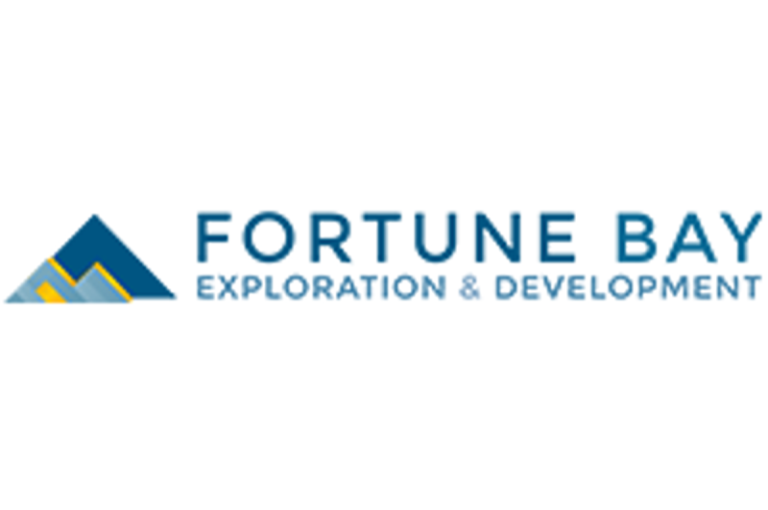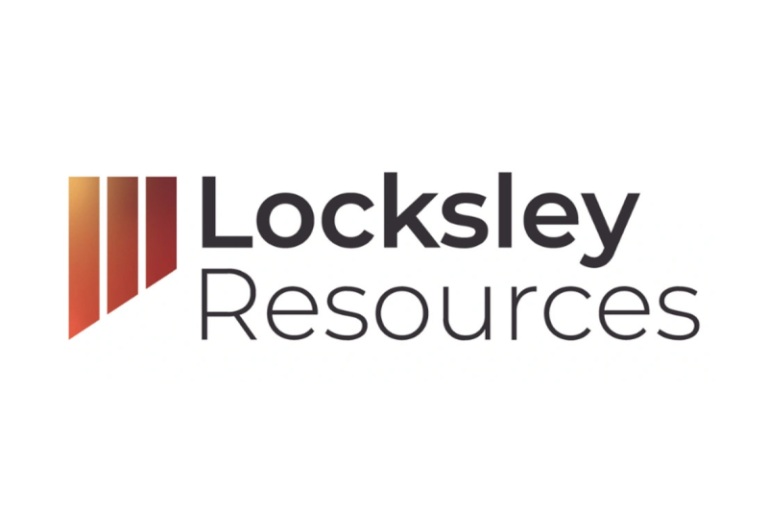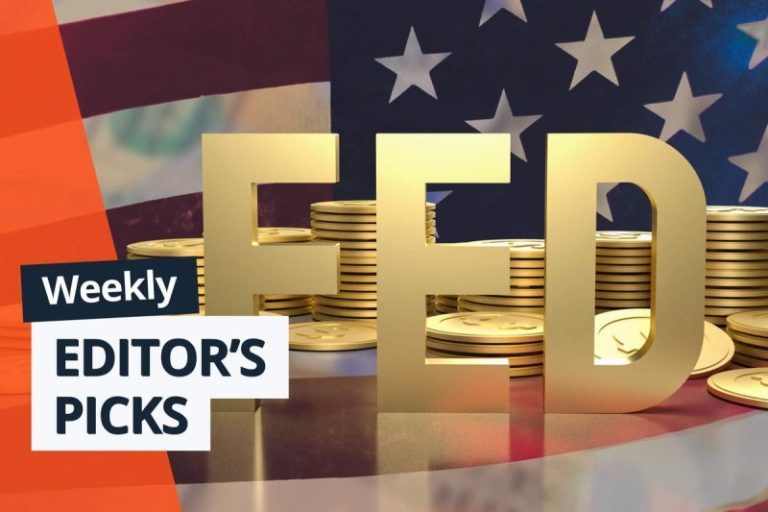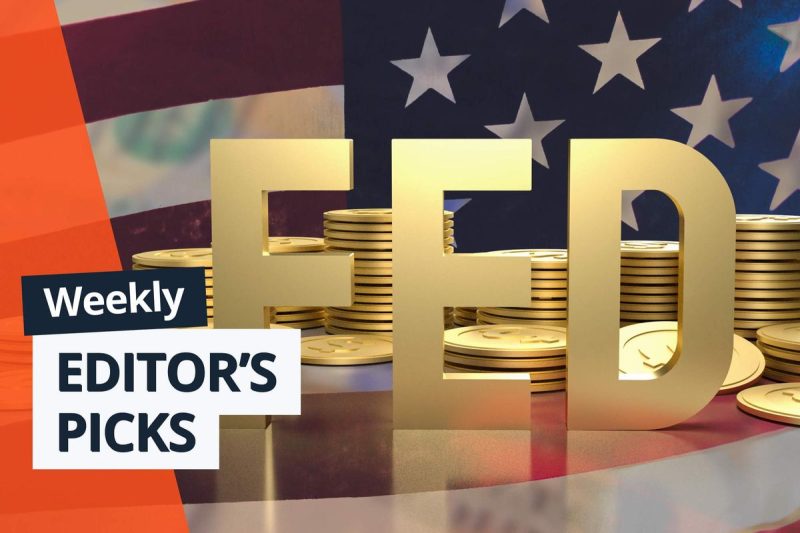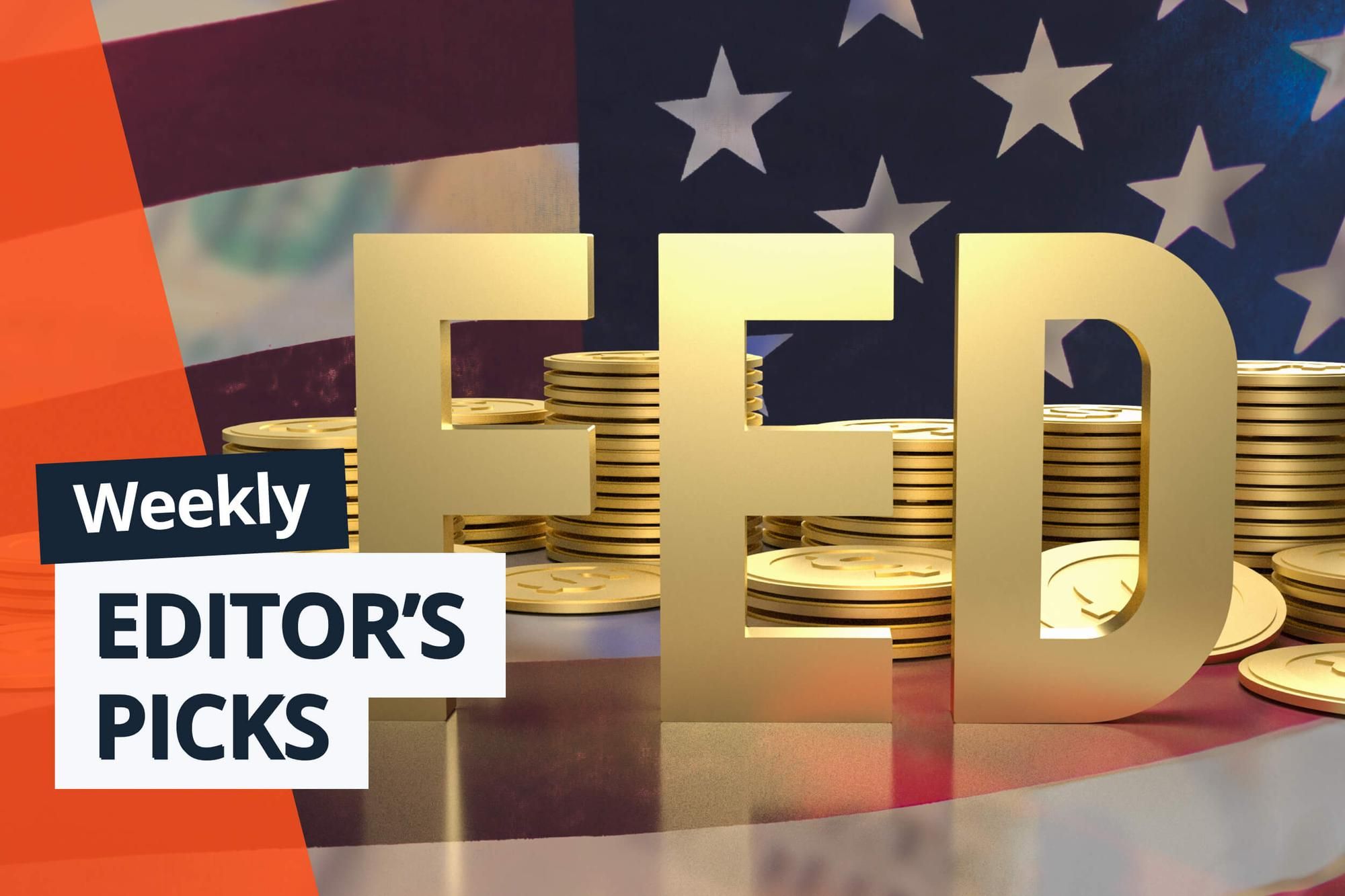
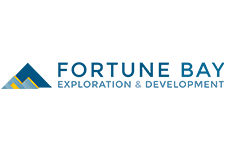
Fortune Bay Corp. (TSXV: FOR,OTC:FTBYF) (FWB: 5QN) (OTCQB: FTBYF) (‘Fortune Bay’ or the ‘Company’) provides an update regarding recent regulatory developments in the State of Chiapas, Mexico, that may affect the Company’s Rio Negro concession (Poma Rosa Project), held through its wholly owned Mexican subsidiary, Linear Gold México, S.A. de C.V.
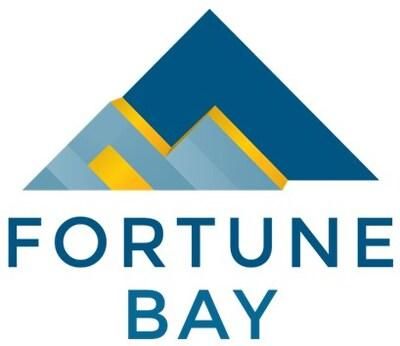
On November 19, 2025, the Government of the State of Chiapas published a decree establishing a state-level protected natural area known as the Zona Sujeta a Conservación Ecológica ‘Mina Banderas’, located in the Municipality of Pantepec. Based on recent review of the decree and associated mapping, a portion of the designated area overlaps with the Company’s Río Negro concession, which remains valid and in good standing under federal Mexican mining law. The overlapping area covers approximately 11% of the Rio Negro concession and includes a portion of the Campamento gold-silver deposit and other nearby exploration target areas.
The Company was recently made aware of the protected natural area and the potential implications to the Rio Negro concession, and in response has filed an amparo (constitutional challenge) before the appropriate federal court in Mexico. The amparo challenges the application of the Mina Banderas decree to the Río Negro concession on procedural and constitutional grounds, including matters relating to due process, consultation, and the interaction between state environmental measures and federally granted mining rights. The purpose of the amparo is to preserve the Company’s rights under its existing concession while the matter is reviewed by the court.
During 2025 the Company has made significant progress in advancing stakeholder engagement and support for the Poma Rosa Project, including substantive discussion and negotiation with local landowners regarding exploration agreements that would support the resumption of field-based exploration activities. Engagement to date has been conducted in a respectful and transparent manner and in compliance with applicable laws. As of the date of this release, the Company does not expect any immediate operational or financial impact beyond potential timing uncertainty.
Fortune Bay is working closely with Mexican legal counsel to assess the scope and implications of the decree and the amparo process. The Company will continue to monitor developments and will provide further updates as appropriate.
About Fortune Bay
Fortune Bay Corp. (TSXV:FOR,OTC:FTBYF; FWB:5QN; OTCQB:FTBYF) is a Canadian mineral exploration and development company with assets in Canada and Mexico. The Company’s primary focus is advancing the Goldfields Gold Project in Saskatchewan, Canada. Fortune Bay also holds the Poma Rosa Gold-Copper Project in Chiapas, Mexico, as well as an optioned uranium project portfolio in the Athabasca Basin of Saskatchewan. Fortune Bay continues to evaluate and advance its portfolio in a disciplined manner while maintaining a strong technical foundation and prudent capital management. For more information, please visit www.fortunebaycorp.com or contact info@fortunebaycorp.com.
On behalf of Fortune Bay Corp.
‘Dale Verran’
Chief Executive Officer
902-334-1919
Cautionary Statement
Information set forth in this news release contains forward-looking statements that are based on assumptions as of the date of this news release. These statements reflect management’s current estimates, beliefs, intentions, and expectations. They are not guarantees of future performance. Words such as ‘expects’, ‘aims’, ‘anticipates’, ‘targets’, ‘goals’, ‘projects’, ‘intends’, ‘plans’, ‘believes’, ‘seeks’, ‘estimates’, ‘continues’, ‘may’, variations of such words, and similar expressions and references to future periods, are intended to identify such forward-looking statements, and include, but are not limited to, statements with respect to: the results of the Updated PEA, including future Project opportunities, future operating and capital costs, closure costs, AISC, the projected NPV, IRR, timelines, permit timelines, and the ability to obtain the requisite permits, economics and associated returns of the Project, the technical viability of the Project, the market and future price of and demand for gold, the environmental impact of the Project, and the ongoing ability to work cooperatively with stakeholders, including Indigenous Nations, local Municipalities and local levels of government. Since forward-looking statements are based on assumptions and address future events and conditions, by their very nature they involve inherent risks and uncertainties. Although these statements are based on information currently available to the Company, the Company provides no assurance that actual results will meet management’s expectations. Risks, uncertainties and other factors involved with forward- looking information could cause actual events, results, performance, prospects and opportunities to differ materially from those expressed or implied by such forward-looking information. Forward looking information in this news release includes, but is not limited to, the Company’s objectives, goals or future plans, statements, exploration results, potential mineralization, the estimation of mineral resources, exploration and mine development plans, timing of the commencement of operations and estimates of market conditions. Factors that could cause actual results to differ materially from such forward-looking information include, but are not limited to failure to identify mineral resources, failure to convert estimated mineral resources to reserves, the inability to complete a feasibility study which recommends a production decision, the preliminary nature of metallurgical test results, delays in obtaining or failures to obtain required governmental, environmental or other project approvals, political risks, inability to fulfill the duty to accommodate Indigenous Nations and local Municipalities, uncertainties relating to the availability and costs of financing needed in the future, changes in equity markets, inflation, changes in exchange rates, fluctuations in commodity prices, delays in the development of projects, capital and operating costs varying significantly from estimates and the other risks involved in the mineral exploration and development industry, and those risks set out in the Company’s public documents filed on SEDAR. Although the Company believes that the assumptions and factors used in preparing the forward-looking information in this news release are reasonable, undue reliance should not be placed on such information, which only applies as of the date of this news release, and no assurance can be given that such events will occur in the disclosed time frames or at all. The Company disclaims any intention or obligation to update or revise any forward-looking information, whether as a result of new information, future events or otherwise, other than as required by law. For more information on Fortune Bay, readers should refer to Fortune Bay’s website at www.fortunebaycorp.com.
Neither TSX Venture Exchange nor its Regulation Services Provider (as that term is defined in policies of TSX Venture Exchange) accepts responsibility for the adequacy or accuracy of this release.
SOURCE Fortune Bay Corp.

![]() View original content to download multimedia: http://www.newswire.ca/en/releases/archive/December2025/15/c5439.html
View original content to download multimedia: http://www.newswire.ca/en/releases/archive/December2025/15/c5439.html
News Provided by Canada Newswire via QuoteMedia

